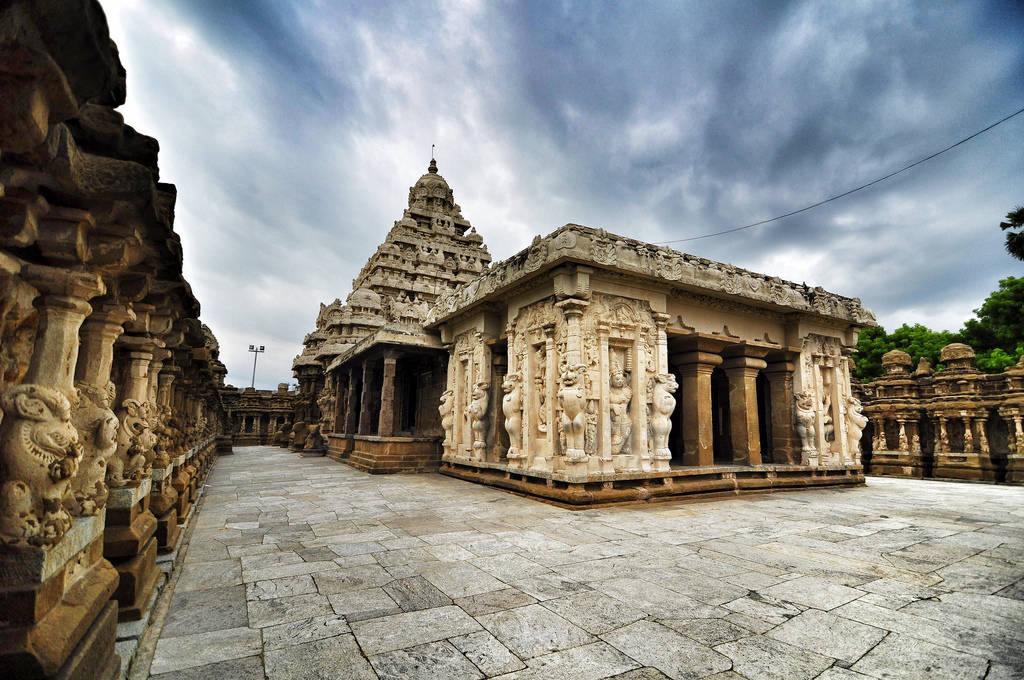Spiritual tourism in Tamil Nadu has been one of the major driving forces behind the massive tourist footfall in the region, with statistics indicating that districts with popular temples emerging as favourites. According to a report released by the Directorate of Tourism for 2018, the temple town of Kancheepuram secured the first position, followed closely by Chennai in the district ranking list, with two neighbouring districts collectively accounting for 20% of the total 38.59 crore domestic tourists who visited the state last year.
It is also to note that Ramanathapuram, Dindigul and Thanjavur that have ancient temples such as Ramanathaswamy Temple at Rameswaram, Dhandayuthapani Swamy Temple in Palani and UNESCO-notified Brihadeeswarar Temple have been ranked third, fourth and fifth, based on the number of domestic tourist arrival list released by the directorate of tourism.
Pandian K, Chairman of the Indian Association of Tour Operators (Tamil Nadu chapter) also reiterated that spiritual tourism or cultural tourism was indeed the driving force. “The number of spiritual tourists among inbound travellers is growing at a rate of 20% a year. Naadi jothidam and Navagraha pilgrimage in Thanjavur region is a hit not only among the Indian diaspora, but foreign nationals, as well,” he said, adding that the need of the hour was to improve tourist infrastructure around temples. “Toilets with international standards should be built near temples. Streets leading to the temples must be kept clean,” he added
Religious tourism is one of the most popular forms of tourism in the country, as crores of pilgrims visit a number of shrines throughout India every year. Even though religious tourism has enormous potential, previous governments have never tried to create an infrastructure for it to grow and thrive for long.
The baggage of secularism carried out by Congress and other governments had also stopped them from encouraging Hindu religious tourism, nonetheless, the current administration has certainly approached the opportunity proactively.
The great response to one such initiative of the first Ramayana Express had also given fillip to launch more such trains on Ramayana tourist circuit, which had encouraged Indian Railways to launch three more trains from Jaipur, Madurai and Rajkot on Ramayana tourist circuit.
“The demand for the Ramayana circuit has prompted us to launch more trains covering the route. The train from Madurai will also cover Nasik, Darbhanga, Devipatinam and Thirupullani. There is another one starting from Jaipur on November 22 which will come to Delhi picking up passengers from Alwar and Rewari and then start the Ramayana journey. We will either call it Ramayana Yatra or Shri Ramayana express. The train from Rajkot will start on December 7, and we are also exploring the possibility of launching more trains,” said an IRCTC official. The train from Rajkot is expected to have halts at Surendranagar, Viramgam, Sabarmati, Anand, Vadodara, Godhra, Dahod and Meghnagar.
The Yogi government in Uttar Pradesh has also been trying to make the state a religious tourism hub. The state is home to the birthplace of Lord Rama and many other sites which are of major importance in Ramayana and Mahabharata. The Kumbh Mela 2019 was one of the grandest in history. The Yogi government left nothing to chance in organizing this historic event and invested 4,200 crore rupees. The investment and the impeccable preparation by the Yogi government yielded 1.2 lakh crore rupees in revenue. While only some places like Taj Mahal or Gateway of India get all the limelight of the tourism industry, vast numbers of unexplored sites, of historical and religious importance continue to be in dark because of laggy efforts.
India has 36 World Heritage Sites, recognized by UNESCO as of August 2017 which are places of cultural or natural heritage as described in the UNESCO World Heritage Convention, established in 1972. The Tourism sector generated US$230 billion or 9.4% of the nation’s GDP in 2017 and supported 41.622 million jobs, which amounts to around 8% of its total employment. Modi government is very certainly focussing on tapping into the vast potential of religious tourism and developing India as a major tourist destination in the world.
